So I first learned about John and Irene Ingersoll of Topochines Vino when I was participating in a Twitter chat. I don’t recall the subject of the chat but they were talking about their soon to begin wine import business. They were planning to start with some wine from Croatia and offer it on their website (www.topochines.com). My interest was piqued for a few reasons. First, I’d done some winetasting in Croatia not that long ago and loved the wine, the people, the country and everything in between. Second, they were embarking upon a journey that I have in my retirement plans (help me out Thing 1 & Thing 2) so I wanted to learn as much as I could. Finally, they were not interested in selling mass-produced, run of the mill wines. They were interested in finding small production wines that were of good quality and good value but which had a difficult time finding their way to the U.S. market. OK, and I’ll admit that since I work in oil and gas and deal with ethanol (alcohol), the TTB,1 and Customs on imports from time to time, I wanted to see how different navigating the rules of wine was from navigating similar rules for petroleum.2
Browsing on Instagram I came across one of their posts about a Rioja wine they were offering. I do enjoy Rioja (even wrote a blog post about it) but find I don’t drink enough of it. #WineProblems. So, I took the plunge and ordered the El Centimo Rioja plus a couple of other interesting wines.
 The Wine
The Wine
The 2010 El Centimo Real Rioja from Spain is crafted of 60% Tempranillo, 20% Garnacha, and 20% Graciano and was a delight to drink.
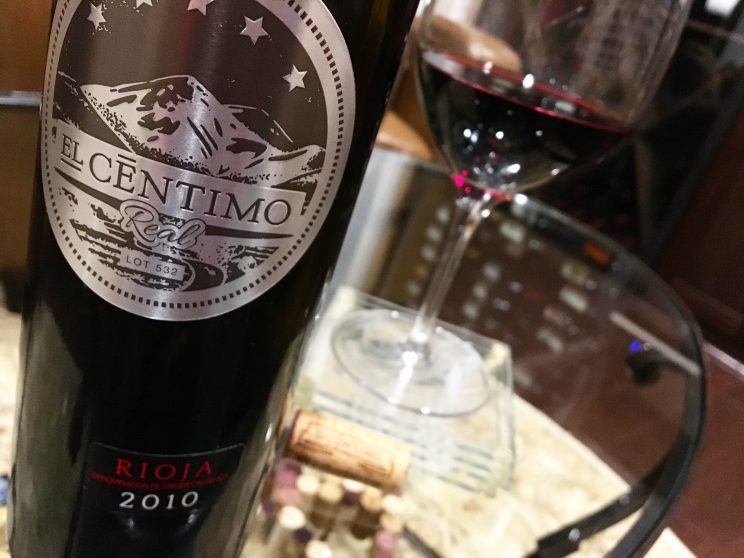 I’m always intrigued with blends as each variety adds something to the finished wine. In this instance, the Tempranillo (the star) provides elegance and complexity to the wine. The supporting cast of Garnacha provides ripe fruit flavor and alcohol, while the Graciano adds body and tannin structure. This particular wine had a Crianza designation3 which means it is the youngest, fruitiest, and most accessible type of Rioja. Crianza wines can be drunk alone as an aperitif, but also have enough fruit and acidity to pair with a wide variety of foods.
I’m always intrigued with blends as each variety adds something to the finished wine. In this instance, the Tempranillo (the star) provides elegance and complexity to the wine. The supporting cast of Garnacha provides ripe fruit flavor and alcohol, while the Graciano adds body and tannin structure. This particular wine had a Crianza designation3 which means it is the youngest, fruitiest, and most accessible type of Rioja. Crianza wines can be drunk alone as an aperitif, but also have enough fruit and acidity to pair with a wide variety of foods.
Pouring the wine into the glass, it showed an intense garnet at the core with edges starting to show a bit of bottle age. The nose offered up aromas of cedar, herbaceous green pepper, and black plum. In the mouth, the El Centimo Rioja was plush with ripe tannins and medium+ acidity and had earthy, spicy, vegetal, mushroom, and dried plum flavors. Quite a mouthful. Very nice complexity on this one and just $30 on the Topochines website. And most importantly, it was approachable. It was nice to have this with dinner and then continue to see it evolve while we finished it off (duh!) after dinner.
The Food
Braised Spare Ribs in a Port Sauce. Delish!
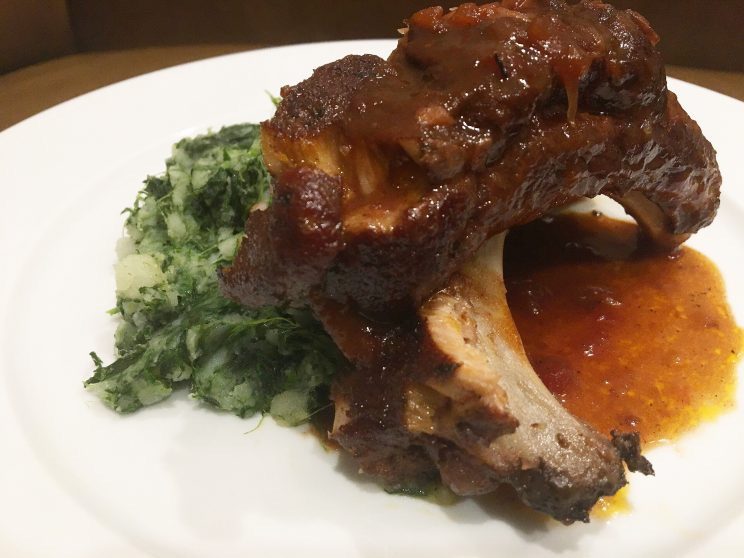 I had a bit of opened Port that I was looking to use up and found this recipe. Braising always tends to be a very forgiving way of cooking so it really is hard to screw up. Further, pork is quite popular in Spain so its wines tend to pair well with it. I found that the fruit in the wine complemented the fruit from the reduced port, while the wine’s acid took on the role of cleansing the palate and cutting through some of the rich sauce and the fat from the ribs. That the El Centimo Rioja was medium bodied allowed it not to overpower the pork and vice versa. Pork doesn’t need big, bold tannic wines. The accompaniment of spinach mashed potatoes let us pat ourselves on the back for including leafy greens with the meal. #KeepinItReal. All in all, the meal seemed both decadent and simple at the same time.
I had a bit of opened Port that I was looking to use up and found this recipe. Braising always tends to be a very forgiving way of cooking so it really is hard to screw up. Further, pork is quite popular in Spain so its wines tend to pair well with it. I found that the fruit in the wine complemented the fruit from the reduced port, while the wine’s acid took on the role of cleansing the palate and cutting through some of the rich sauce and the fat from the ribs. That the El Centimo Rioja was medium bodied allowed it not to overpower the pork and vice versa. Pork doesn’t need big, bold tannic wines. The accompaniment of spinach mashed potatoes let us pat ourselves on the back for including leafy greens with the meal. #KeepinItReal. All in all, the meal seemed both decadent and simple at the same time.
Cheers until next time and happy pairing!
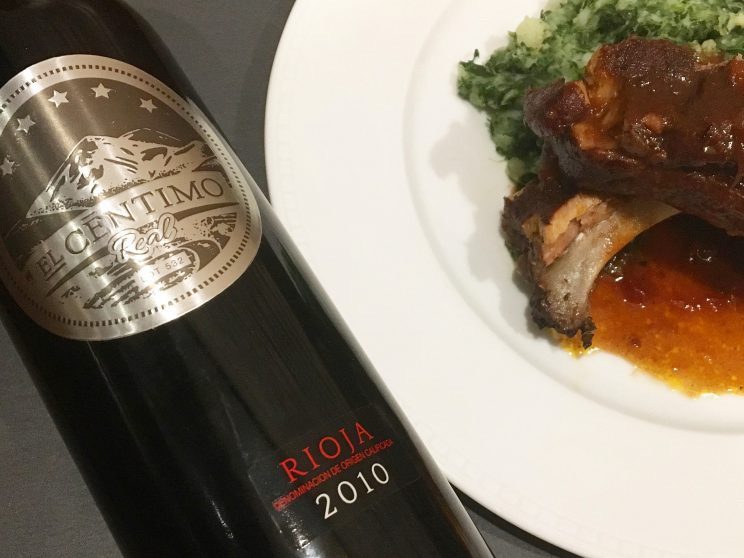
- Alcohol and Tobacco Tax and Trade Bureau
- Yes, only I could link oil and gas to the wine industry. But surprisingly there are many similarities.
- There are three primary designations for Rioja wines. Crianza wines are the youngest and must be aged at least 2 years before release. Rioja Reserva requires three years of aging before release and Rioja Gran Reserva requires at least five.

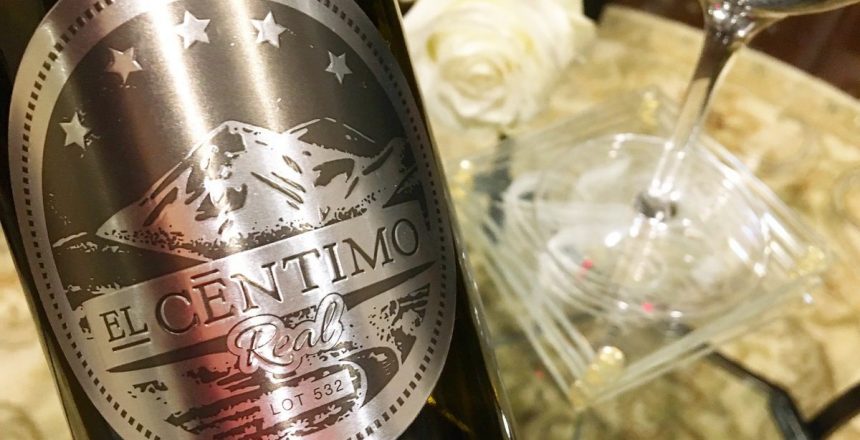
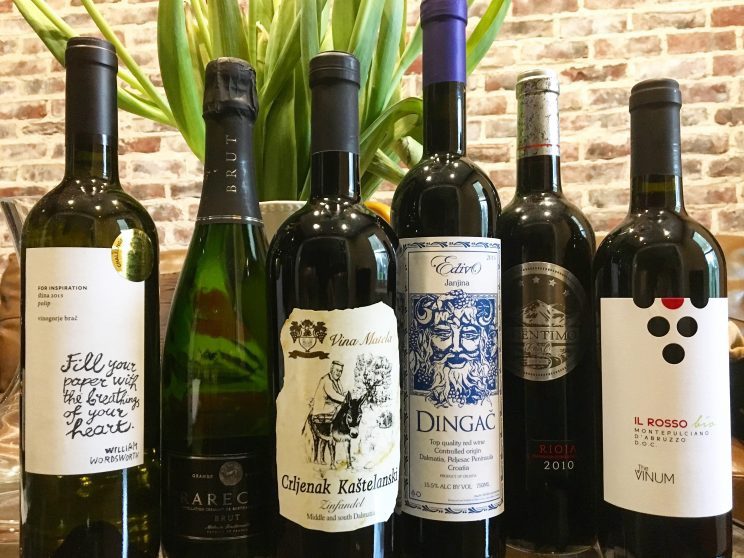

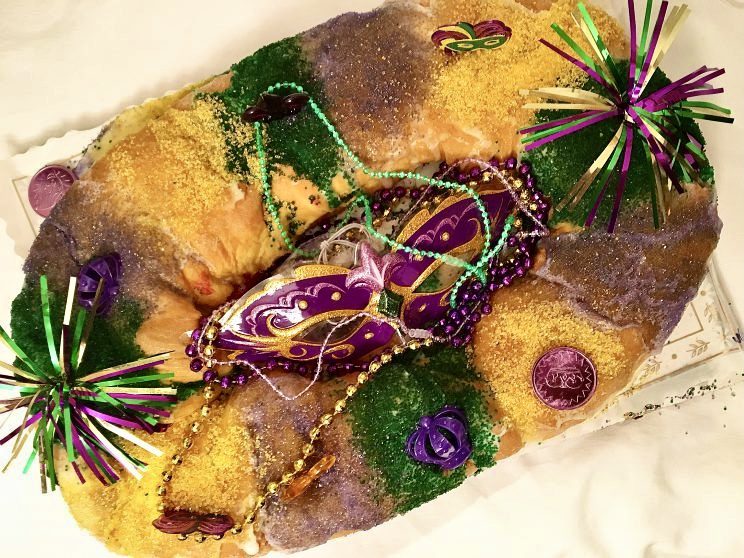
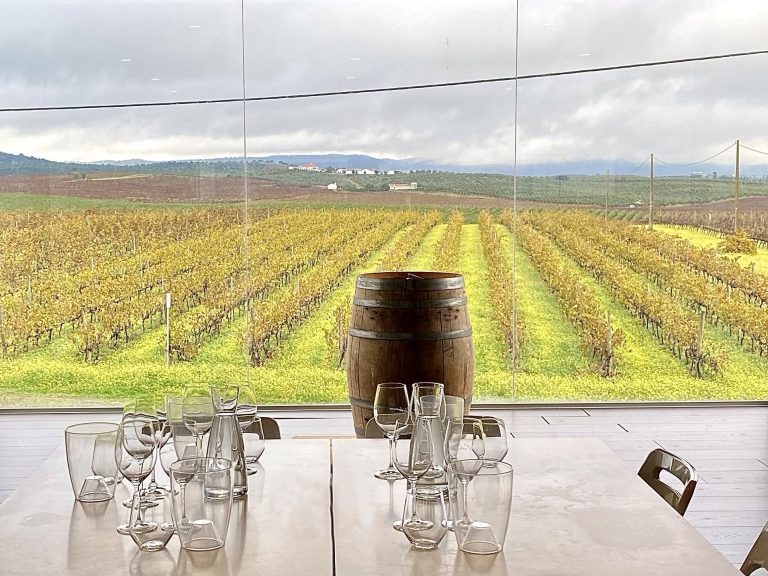

2 Comments
John Ingersoll
•6 years ago
Great post Kat! Thanks for featuring both our site and one of my favorite wines.
Kat
•6 years ago
John, it was a great Rioja. Great choice. Can’t wait to try some of the others.